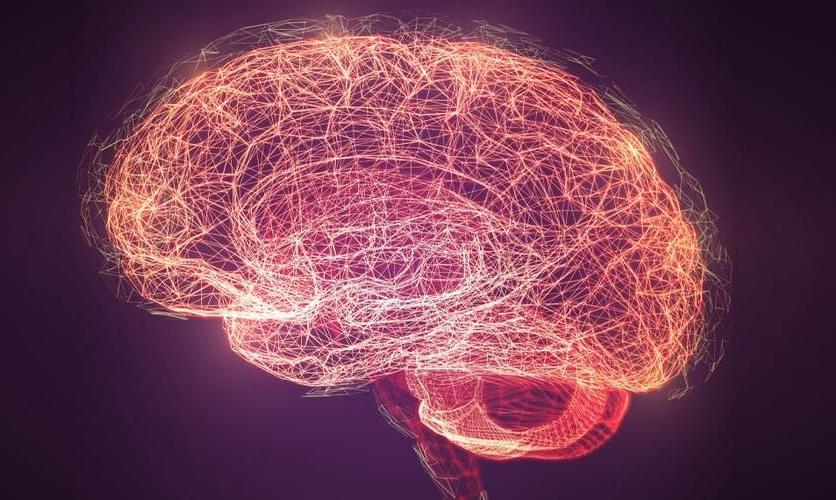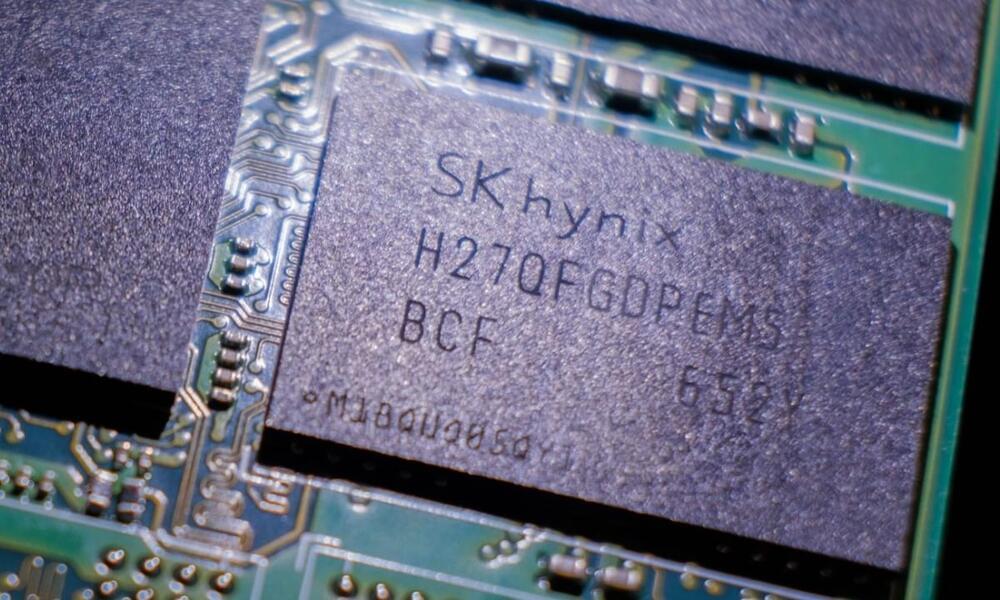Discover how Transparent Tribe’s latest Android malware campaign targets mobile users, and learn about new threats like Snowblind in Southeast Asia.



A new OpenSSH unauthenticated remote code execution (RCE) vulnerability dubbed “regreSSHion” gives root privileges on glibc-based Linux systems.
OpenSSH is a suite of networking utilities based on the Secure Shell (SSH) protocol. It is extensively used for secure remote login, remote server management and administration, and file transfers via SCP and SFTP.
The flaw, discovered by researchers at Qualys in May 2024, and assigned the identifier CVE-2024–6387, is due to a signal handler race condition in sshd that allows unauthenticated remote attackers to execute arbitrary code as root.
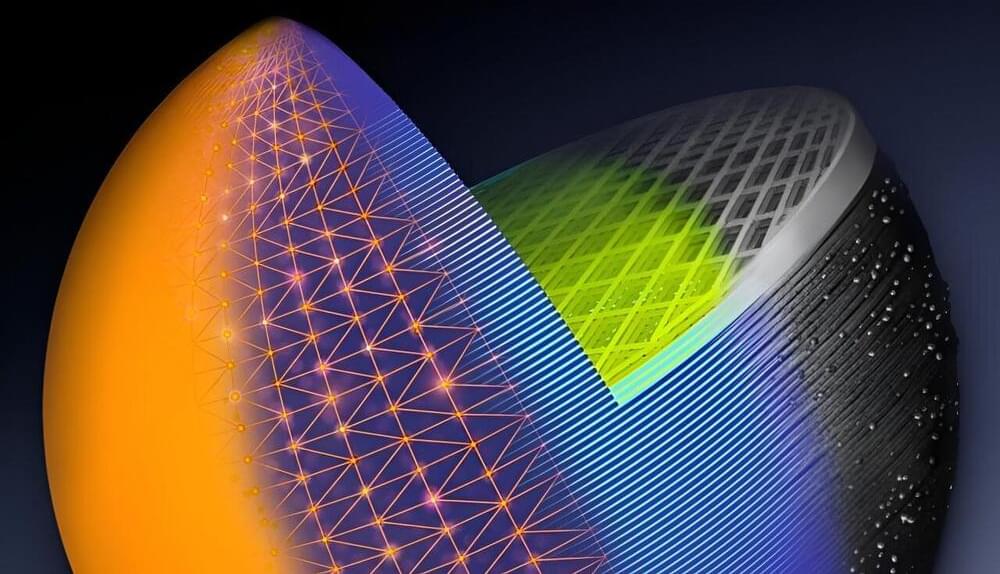
Researchers at the Department of Energy’s Oak Ridge National Laboratory have developed the first additive manufacturing slicing computer application to simultaneously speed and simplify digital conversion of accurate, large-format three-dimensional parts in a factory production setting.
The technology, known as Slicer 2, can help widen the use of 3D printing for larger objects made from metallic and composite materials. Objects the size of a house and beyond are possible, such as land and aquatic vehicles and aerospace applications that include parts for reusable space vehicles.
Slicing software converts a computer-aided design, or CAD, digital model into a series of two-dimensional layers called slices. It calculates print parameters for each slice, such as printhead path and speed, and saves the information in numerically controlled computer language. The computer file contains instructions for a 3D printer to create a precise 3D version of the image.

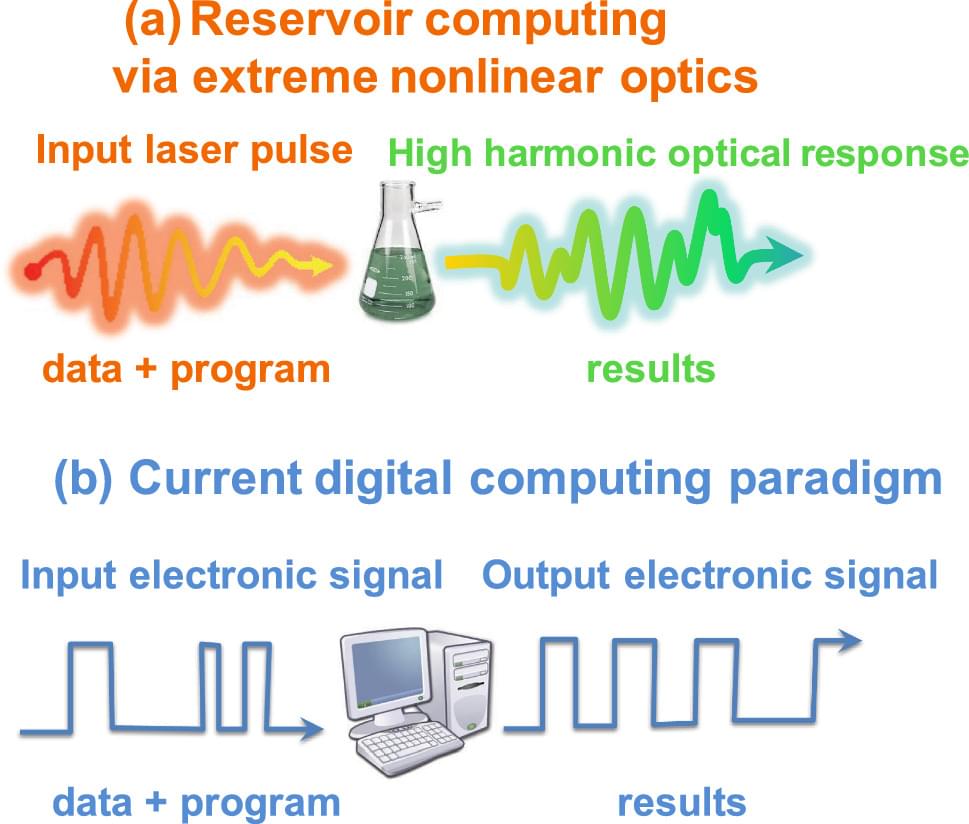
face_with_colon_three year 2023.
The development of alternative platforms for computing has been a longstanding goal for physics, and represents a particularly pressing concern as conventional transistors approach the limit of miniaturization. A potential alternative paradigm is that of reservoir computing, which leverages unknown, but highly nonlinear transformations of input-data to perform computations. This has the advantage that many physical systems exhibit precisely the type of nonlinear input-output relationships necessary for them to function as reservoirs. Consequently, the quantum effects which obstruct the further development of silicon electronics become an advantage for a reservoir computer. Here we demonstrate that even the most basic constituents of matter–atoms–can act as a reservoir for computing where all input-output processing is optical, thanks to the phenomenon of High Harmonic Generation.
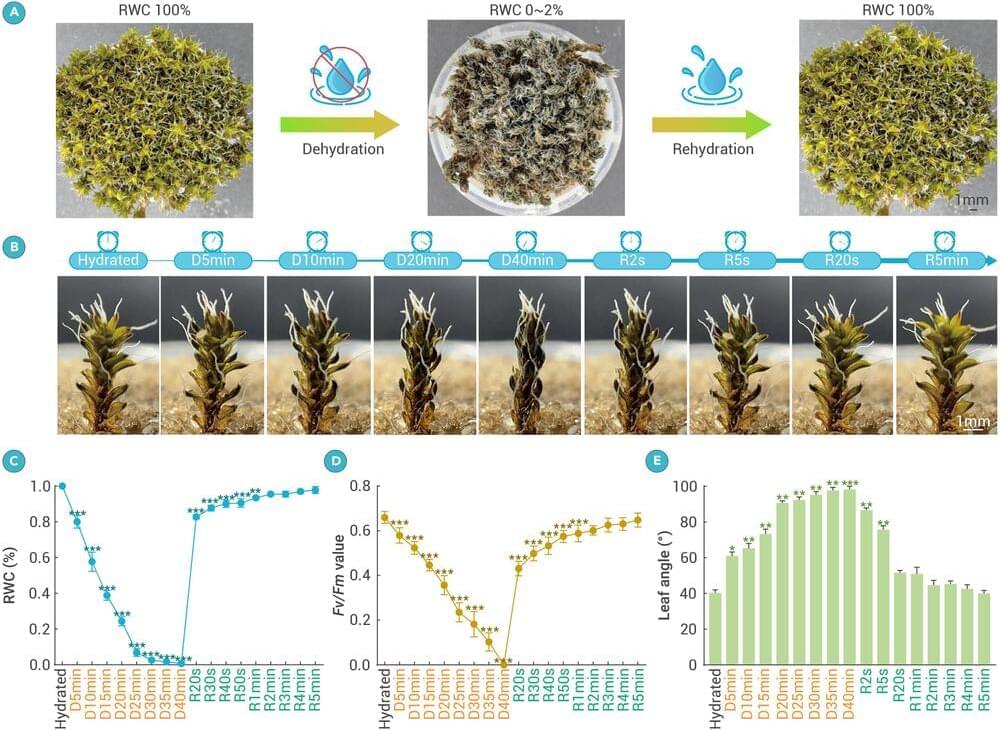
The desert moss Syntrichia caninervis is a promising candidate for Mars colonization thanks to its extreme ability to tolerate harsh conditions lethal to most life forms. The moss is well known for its ability to tolerate drought conditions, but researchers report in the journal The Innovation that it can also survive freezing temperatures as low as −196°C, high levels of gamma radiation, and simulated Martian conditions involving these three stressors combined. In all cases, prior dehydration seemed to help the plants cope.
“Our study shows that the environmental resilience of S. caninervis is superior to that of some of highly stress-tolerant microorganisms and tardigrades,” write the researchers, who include ecologists Daoyuan Zhang and Yuanming Zhang and botanist Tingyun Kuang of the Chinese Academy of Sciences.
“S. caninervis is a promising candidate pioneer plant for colonizing extraterrestrial environments, laying the foundation for building biologically sustainable human habitats beyond Earth.”

